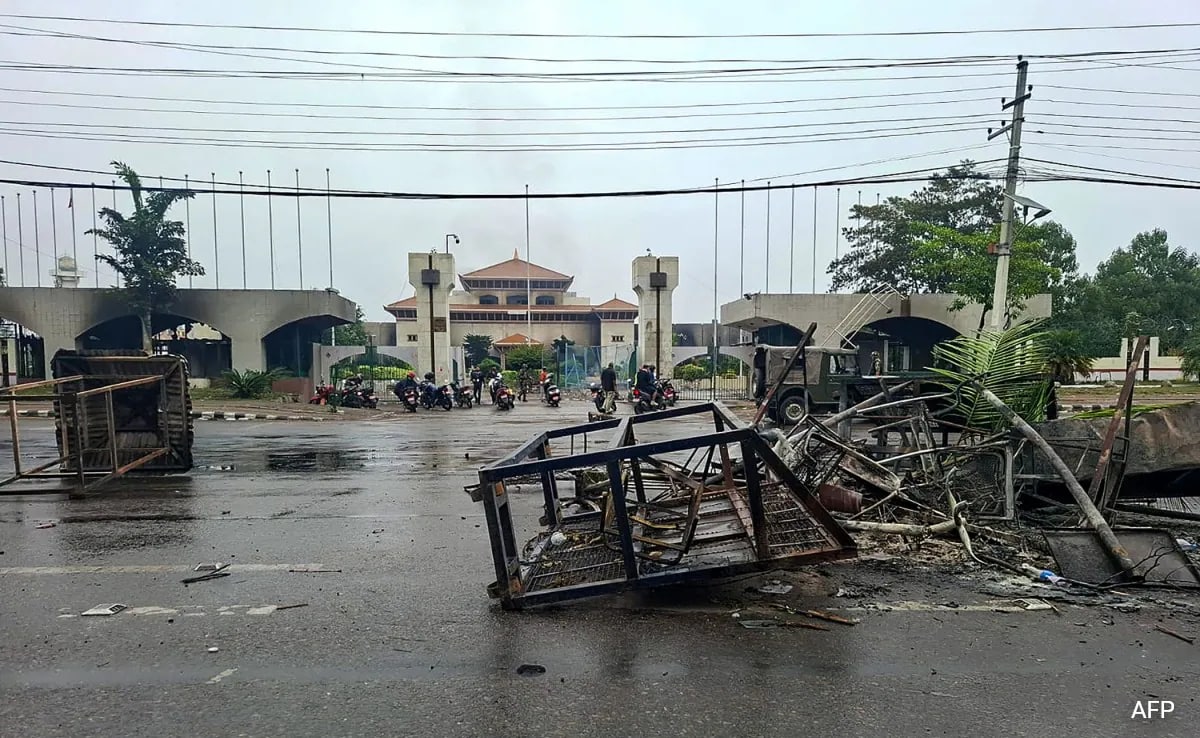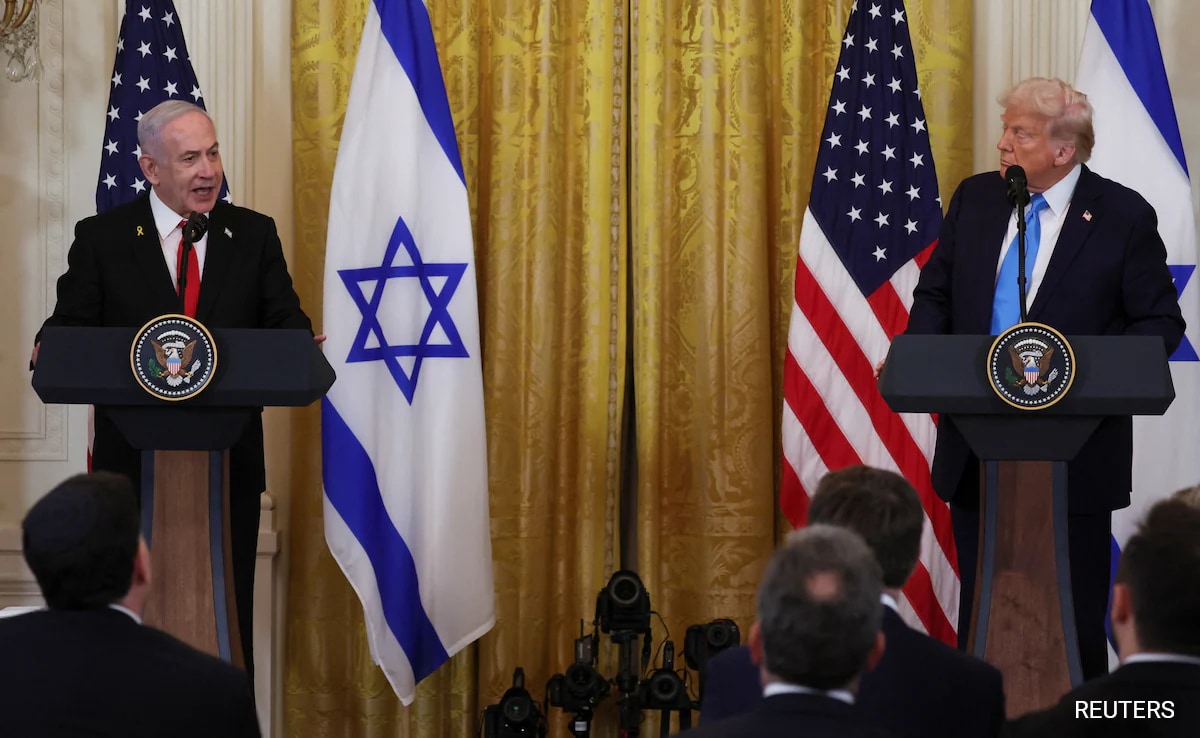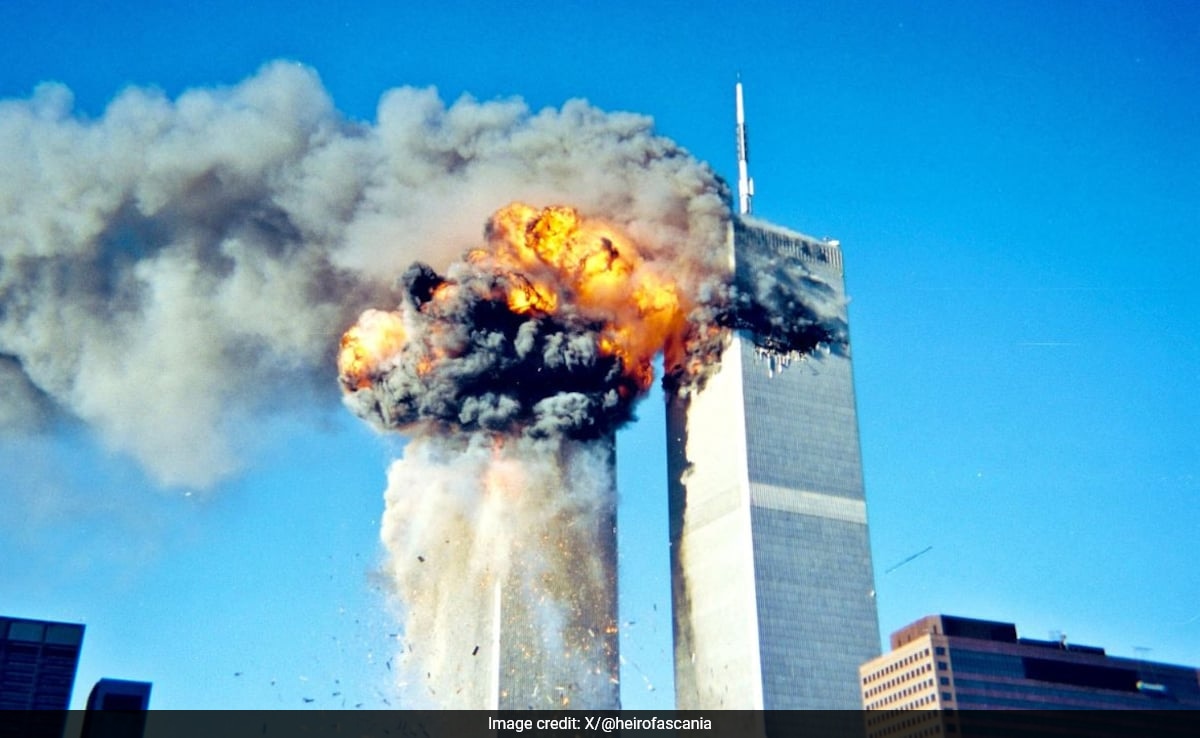Noting that Iranian-backed militias want all Western forces out of Iraq, he said an ongoing uptick in violence may continue through December.
âThey actually want all U.S. forces to leave, and all U.S. forces are not going to leave,â he said, adding that as a result, âthat may provoke a response as we get later into the end of the month.â
The Iraqi government earlier Thursday announced the conclusion of talks on ending the U.S. combat mission against IS. U.S. forces have been largely in an advisory role for some time, so the announced transition changes little. The announcement reflects a July decision by the Biden administration to end the U.S. combat mission in Iraq by Dec. 31.
âWeâve drawn down from bases we didnât need, weâve made it harder to get at us. But the Iraqis still want us to be there. They still want the presence, they still want the engagement,â said McKenzie. âSo as long as they want it, and we can mutually agree thatâs the case â weâre going to be there.â
He said he believes Islamic State militants will continue to be a threat in Iraq and that the group will âkeep recreating itself, perhaps under a different name.â The key, he said, will be to ensure that IS is not able to coalesce with other elements around the globe and become increasingly strong and dangerous.
America invaded Iraq in 2003, and at the peak point had more than 170,000 troops battling insurgents in the country and later working to train and advise Iraqi forces. All U.S. forces were withdrawn at the end of 2011, but just three years later, American troops were back to help Iraq beat back the Islamic State group, which had swept across the border from Syria to gain control of a large swath of the country.
The U.S. presence in Iraq has long been a flash point for Tehran, but tensions spiked after a January 2020 U.S. drone strike near the Baghdad airport killed a top Iranian general. In retaliation, Iran launched a barrage of missiles at al-Asad airbase, where U.S. troops were stationed. More than 100 service members suffered traumatic brain injuries in the blasts.
More recently, Iranian proxies are believed responsible for an assassination attempt last month on Iraqâs Prime Minister Mustafa al-Kadhimi. And officials have said they believe Iran was behind the October drone attack at the military outpost in southern Syria where American troops are based. No U.S. personnel were killed or injured in the attack.
âI think an attack to kill the prime minister is a pretty significant event,â McKenzie said. âI think thatâs a signpost of the desperation that theyâre under right now.â
McKenzie, who has headed U.S. Central Command for nearly three years and traveled extensively throughout the region, painted a picture that reflected the recent upheaval in Afghanistan, where U.S. troops departed at the end of August.
On Afghanistan, McKenzie said the al-Qaida extremist group has grown slightly since U.S. forces left and that the ruling Taliban leaders are divided about their 2020 pledge to break ties with the group. He said the departure of the U.S military and intelligence assets from the country has made it âvery hard, not impossibleâ to ensure that neither al-Qaida nor the Islamic State groupâs Afghanistan affiliate can pose a threat to the United States.
Like the Talibanâs long campaign to get Americans out of Afghanistan, Iran and its proxies have battled to get the U.S. out of Iraq and the broader Middle East.
âIran still pursues a vision of ejecting us,â he said. âAnd they see the principal battleground for that as being in Iraq. And I believe they are under the view that they can increase friction in Iraq to where we will leave.â
Iran, he said, believes that campaign wonât affect the nuclear negotiations that were long stalled but are now restarting. But, he said, âI think itâs a dangerous position for the Iranians to maintain, because I think theyâre not going to be able to decouple those two things.â
McKenzie said that as NATO begins to expand its presence in Iraq as planned, the U.S. will refine its force there. And the total U.S. force presence will depend on future agreements with Iraqâs government.
The U.S. troops in Syria, currently numbering about 900, will continue to advise and assist Syrian rebel forces in the fight against IS, McKenzie said. He said itâs not clear how much longer that will be necessary but said, âI think we are measurably closer than we were a couple of years ago. I still think we have a ways to go.â
More broadly, McKenzie noted that the U.S. troop presence across the Middle East has significantly dropped since last year, when it peaked amid tensions with Iran, at as much as 80,000. The U.S. has identified China and Russia as the top national security threats, labeling China as Americaâs âpacing challenge,â and has looked to focus more effort and assets in the Pacific.
In its recent review of the positioning of U.S. forces around the world, the Pentagon said little about removing or repositioning troops in the Middle East. McKenzie and other top military leaders have long worried that the U.S. military is concentrated in too few locations in the Middle East and must disperse more to increase security.
âWe think it is important to work with our partners in the region to present a more complex targeting problem to Iran,â he said, adding that U.S. will look at other bases and opportunities to move troops around to achieve that goal.
McKenzie said he is particularly concerned by Iranâs development of ballistic and cruise missiles as well as armed drones.
âAnd so those things are very concerning to me because they continue to develop them,â he said. âAnd they show no signs of abating in their research in this field, and their fielding of new and increasingly lethal and capable weapons.â
.png)











 English (United States) ·
English (United States) ·  Turkish (Turkey) ·
Turkish (Turkey) ·